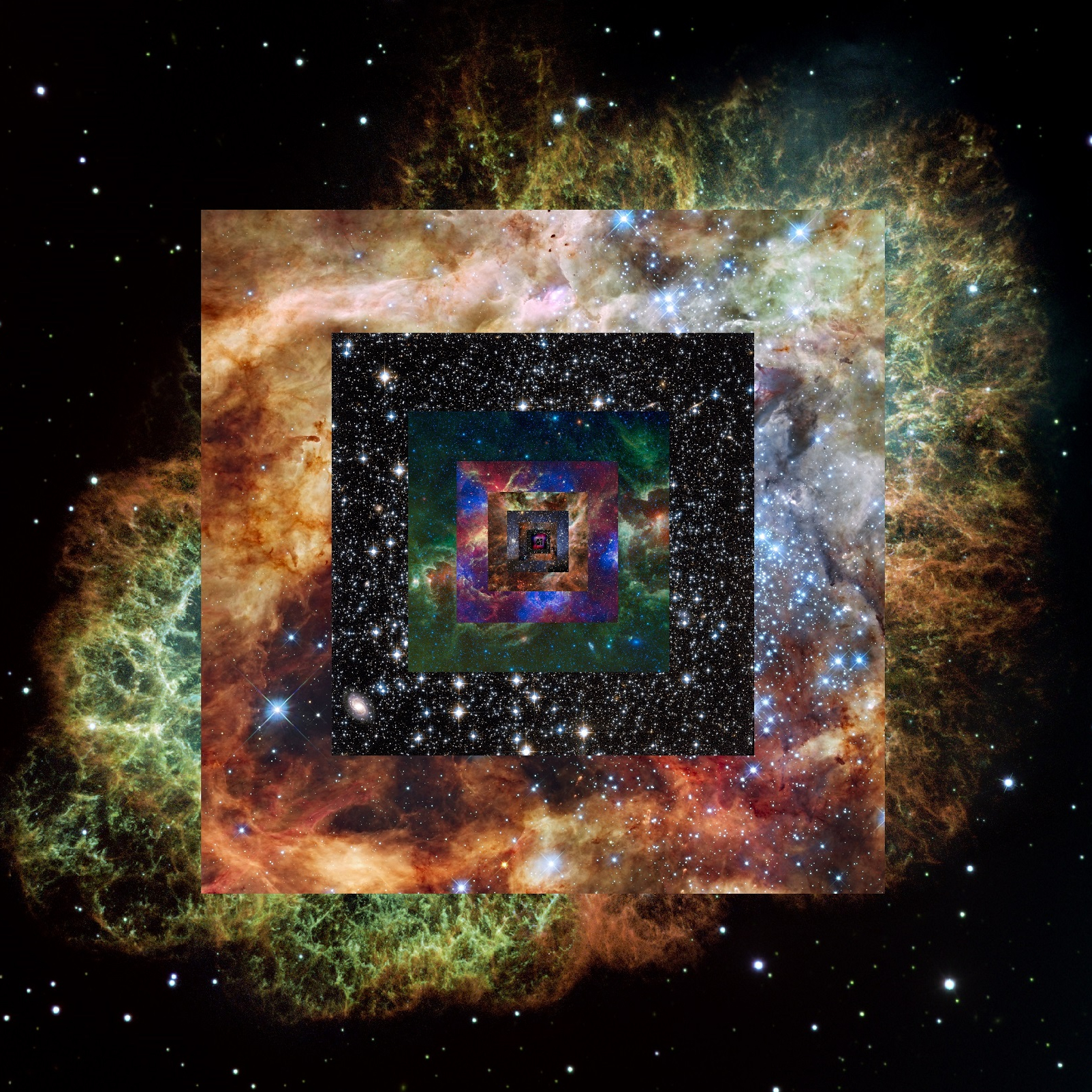New research indicates that running slows down aging by beefing up protection of our DNA, which degenerates over time, causing many of the body’s aging signs. This is because as we age, telomeres, part of DNA that acts like caps on shoelaces, start to diminish and expose our DNA to change and damage. If you are not familiar with what telomeres are, there is an article about it right below:
Related: Aging Process Is Similar to Replicating CDs: Story of Telomeres
How Running Slows Down Aging
New research is finding that aerobic exercise, such as running, swimming and cycling has the ability to slow down the aging of the human body. The already well known benefits of running are improved cardiovascular function, strengthening of the heart, aid in forging healthy eating habits, as well as improvement in insulin control and having a clearer mind. These benefits already show how running slows down aging; by improving our body and mind overall.
Running shows positive signs at any age. But the real key here as to how running slows down the aging process lies in the protection of our DNA and cells:
Human cells divide at an average of 50-60 times in one lifespan. Every time they divide, the cell’s DNA has to be replicated. That way, a new chromosome can form and be used in the newly duplicated cell. However every time a cell duplicates, it comes at a cost. That is, the chromosomes get shorter and shorter. If they get short enough, the chromosomes can have their twining undone and our genetic data gets corrupted. Eventually, that cell dies. – Aging Process Is Similar to Replicating CDs
Related: What Is Autophagy and How It Slows Down Aging
This is why it is important to keep the telomeres, the shoelace caps for our DNA strands, intact as long as possible, and prevent wear and tear. One study found that sedentary people aged 55-72 had relatively short telomeres compared to sedentary 18-32 year olds. But when comparing people in the 55-72 age group who have exercised all their lives, there was no significant difference in the length of the telomeres between younger people and older athletes.2
Want to stay as healthy and spry as a teenager? Go for a run.
Sources:
AGING – HOW RUNNING MAY BE ABLE TO STOP THE CLOCK
2 LaRocca TJ, Seals DR, Pierce GL. (2009). Leukocyte telomere length is preserved with aging in endurance-trained adults and related to maximal aerobic capacity. Mechanisms of aging and development 131(2):165-167



